Слушай ты, аптекарь из Самары, померь IQ , я семь раз сказал, что для образовательного центра не нужно производить информацию, можно её получить от других ( хотя в НАСА полно своих специалистов и научных центров ).
Вот сайт где НАСА объясняет что такое Big Bang
Дата обновления 27 июнь 2019
 См выше нужно идти русский НГ праздновать с русскими девушками, а то с тобой с ума сойдёшь, смотри выше читай и прекрати лгать
См выше нужно идти русский НГ праздновать с русскими девушками, а то с тобой с ума сойдёшь, смотри выше читай и прекрати лгать
- - - Добавлено - - -
Вот сайт где НАСА объясняет что такое Big Bang
What Is the Big Bang?
The Short Answer:
The big bang is how astronomers explain the way the universe began. It is the idea that the universe began as just a single point, then expanded and stretched to grow as large as it is right now (and it could still be stretching).
What's This Big Bang All About?
In 1927, an astronomer named Georges Lemaître had a big idea. He said that a very long time ago, the universe started as just a single point. He said the universe stretched and expanded to get as big as it is now, and that it could keep on stretching.
What an Idea!
The universe is a very big place, and its been around for a very long time. Thinking about how it all started is hard to imagine.
Some More Information
Just two years later, an astronomer named Edwin Hubblenoticed that other galaxies were moving away from us. And thats not all. The farthest galaxies were moving faster than the ones close to us.
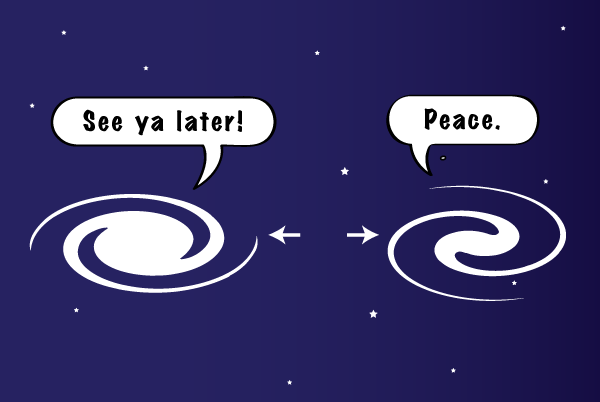
This meant that the universe was still expanding, just like Lemaître thought. If things were moving apart, it meant that long ago, everything had been close together.
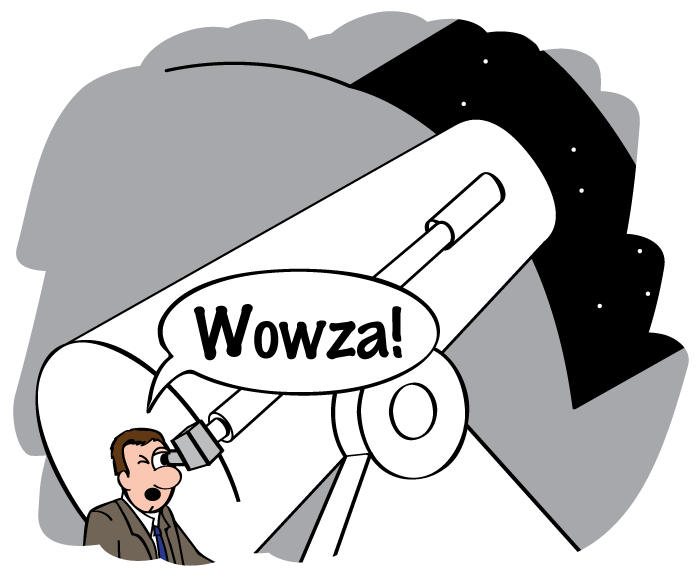
Everything we can see in our universe todaystars, planets, comets, asteroidsthey weren't there at the beginning. Where did they come from?
A Tiny, Hot Beginning
When the universe began, it was just hot, tiny particles mixed with light and energy. It was nothing like what we see now. As everything expanded and took up more space, it cooled down.
The tiny particles grouped together. They formed atoms. Then those atoms grouped together. Over lots of time, atoms came together to form stars and galaxies.
The first stars created bigger atoms and groups of atoms called molecules. That led to more stars being born. At the same time, galaxies were crashing and grouping together. As new stars were being born and dying, then things like asteroids, comets, planets, and black holes formed!
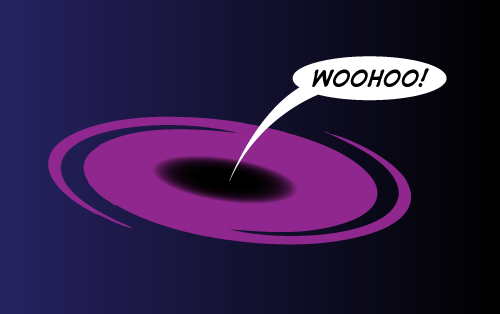
A Super Long Time
How long did all of this take? Well, we now know that the universe is 13,800,000,000 years oldthats 13.8 billion. That is a very long time.
What's in a Name?
Thats pretty much how the universe began. Because it got so big and led to such great things, some people call it the "Big Bang." But maybe a better name would be the "Everywhere Stretch." What do you think?
The Short Answer:
The big bang is how astronomers explain the way the universe began. It is the idea that the universe began as just a single point, then expanded and stretched to grow as large as it is right now (and it could still be stretching).
What's This Big Bang All About?
In 1927, an astronomer named Georges Lemaître had a big idea. He said that a very long time ago, the universe started as just a single point. He said the universe stretched and expanded to get as big as it is now, and that it could keep on stretching.
What an Idea!
The universe is a very big place, and its been around for a very long time. Thinking about how it all started is hard to imagine.
Some More Information
Just two years later, an astronomer named Edwin Hubblenoticed that other galaxies were moving away from us. And thats not all. The farthest galaxies were moving faster than the ones close to us.

This meant that the universe was still expanding, just like Lemaître thought. If things were moving apart, it meant that long ago, everything had been close together.

Everything we can see in our universe todaystars, planets, comets, asteroidsthey weren't there at the beginning. Where did they come from?
A Tiny, Hot Beginning
When the universe began, it was just hot, tiny particles mixed with light and energy. It was nothing like what we see now. As everything expanded and took up more space, it cooled down.
The tiny particles grouped together. They formed atoms. Then those atoms grouped together. Over lots of time, atoms came together to form stars and galaxies.
The first stars created bigger atoms and groups of atoms called molecules. That led to more stars being born. At the same time, galaxies were crashing and grouping together. As new stars were being born and dying, then things like asteroids, comets, planets, and black holes formed!

A Super Long Time
How long did all of this take? Well, we now know that the universe is 13,800,000,000 years oldthats 13.8 billion. That is a very long time.
What's in a Name?
Thats pretty much how the universe began. Because it got so big and led to such great things, some people call it the "Big Bang." But maybe a better name would be the "Everywhere Stretch." What do you think?
article last updated June 27, 2019
Кстати, теория горячего БВ относится прежде всего к теоретической астрономии, а уж потом к космологии, а теория вечной инфляции - это прежде всего космология и в меньшей степени теоретическая астрономия. Но этого Вы также не знаете, так как без подсказки Гугла Вы даже не сможете пояснить, чем отличается предмет теоретической астрономии от предмета изучения космологии. Хотя я не уверен, что и с подсказкой Гугла Вы сможете это пояснить и понять. 

 См выше нужно идти русский НГ праздновать с русскими девушками, а то с тобой с ума сойдёшь, смотри выше читай и прекрати лгать
См выше нужно идти русский НГ праздновать с русскими девушками, а то с тобой с ума сойдёшь, смотри выше читай и прекрати лгать- - - Добавлено - - -

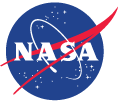
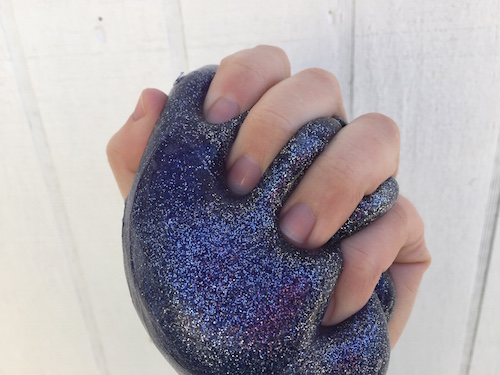
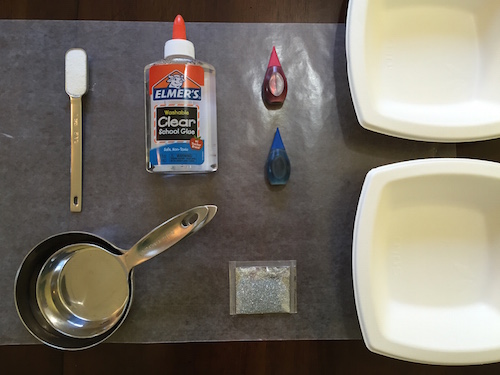
 Note: You may also use white school glue, but your universe slime will be lightly colored and opaque.
Note: You may also use white school glue, but your universe slime will be lightly colored and opaque.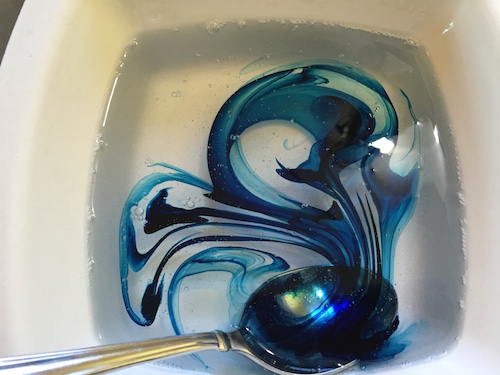
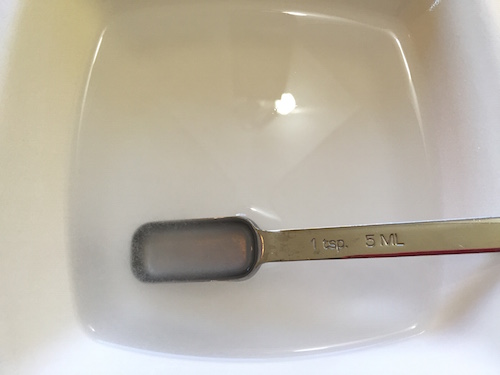

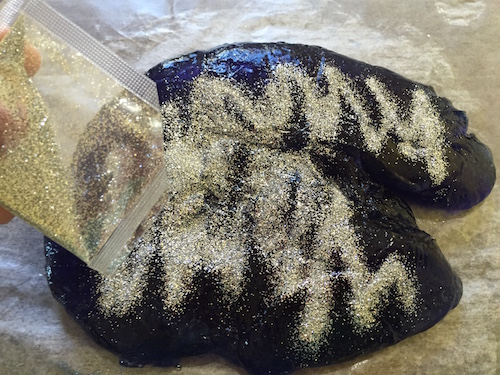
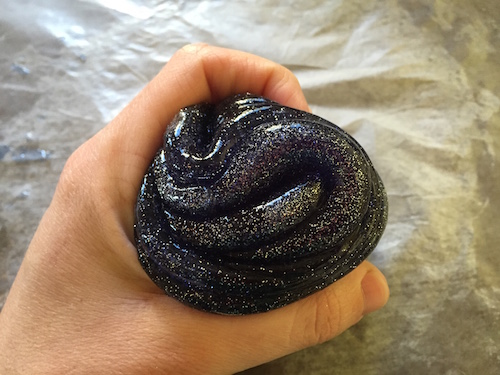
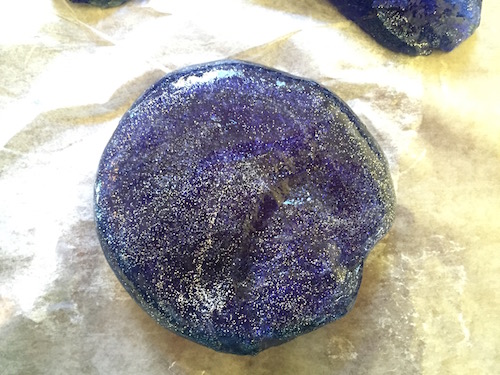
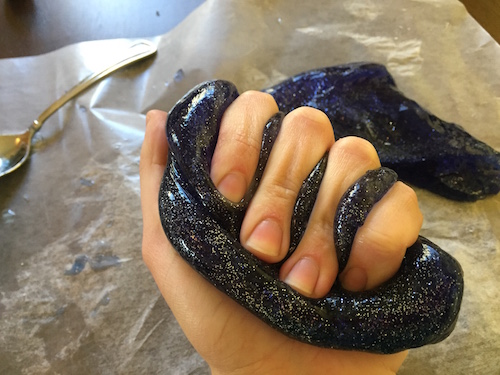

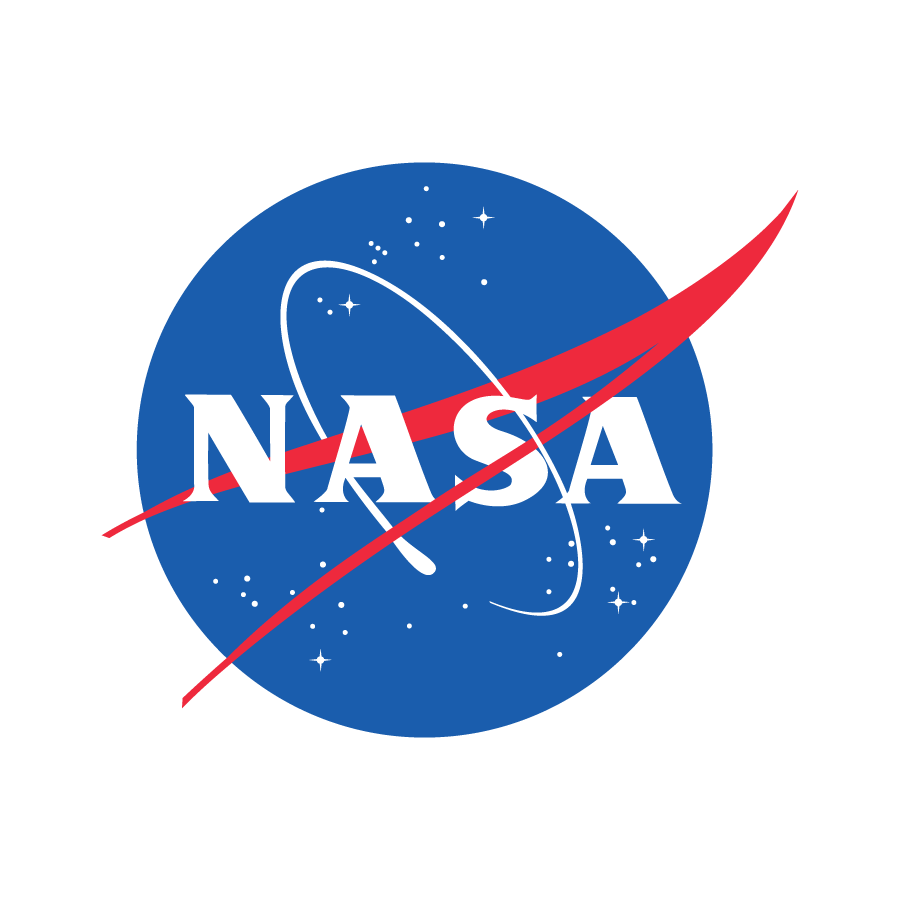
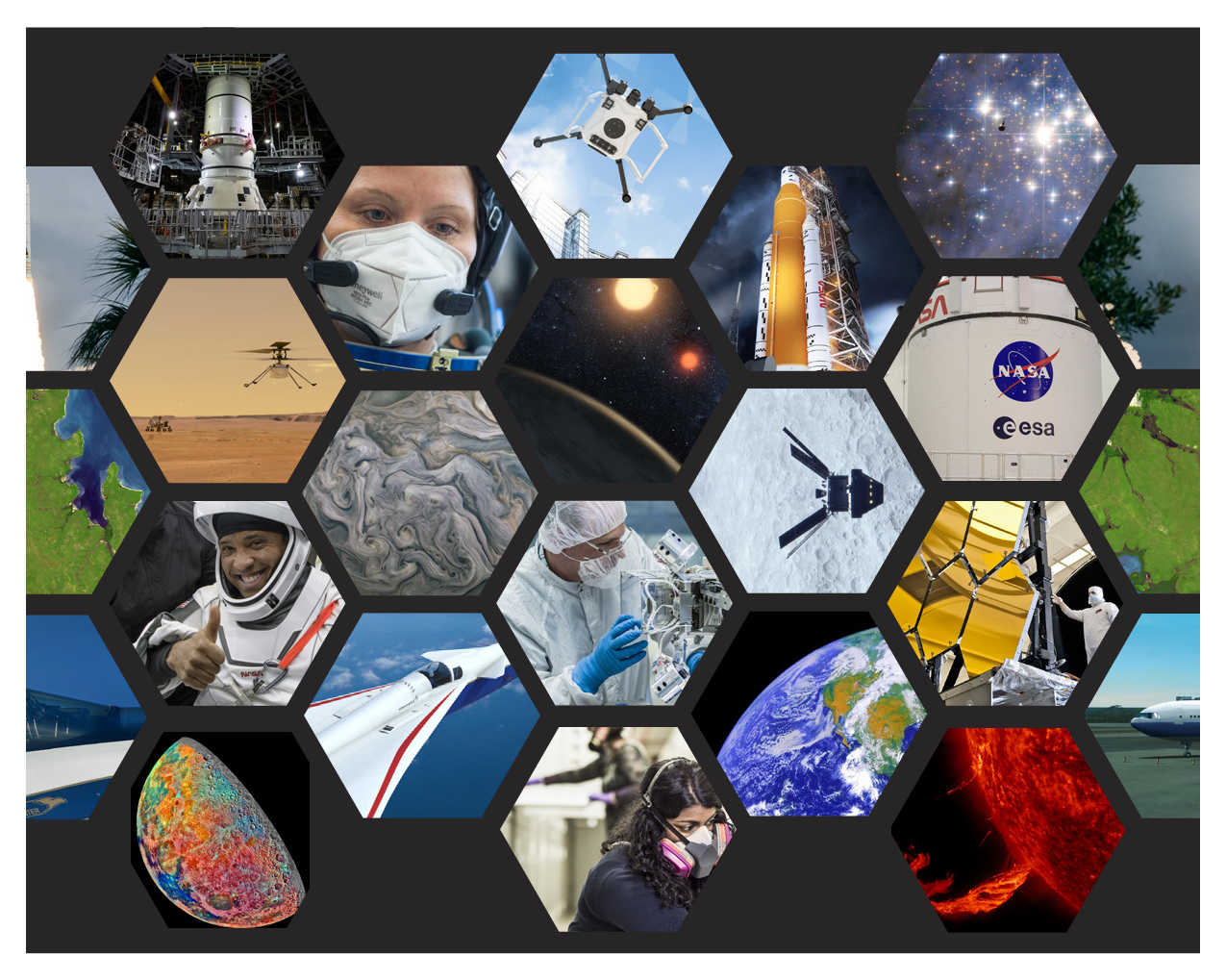


Комментарий